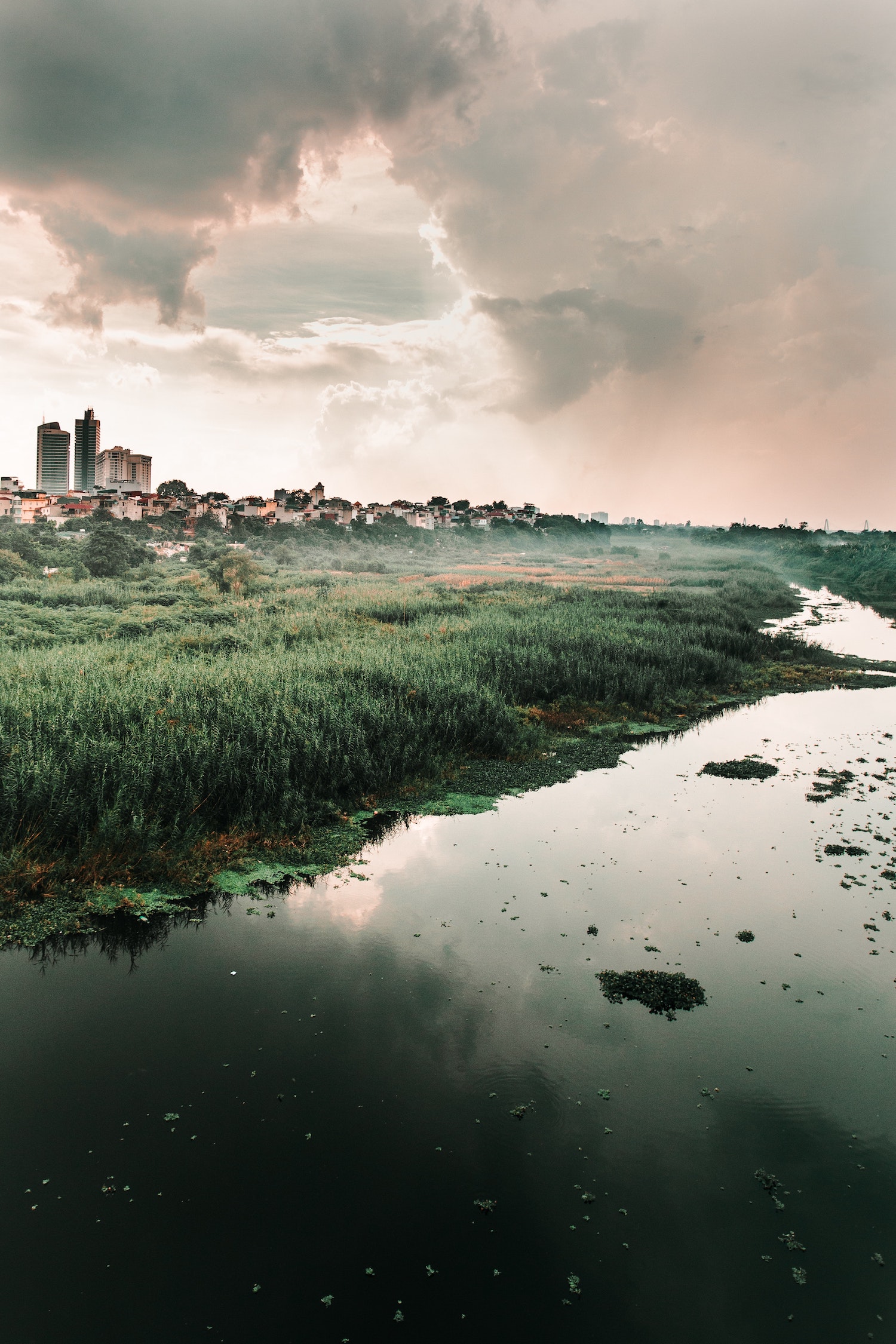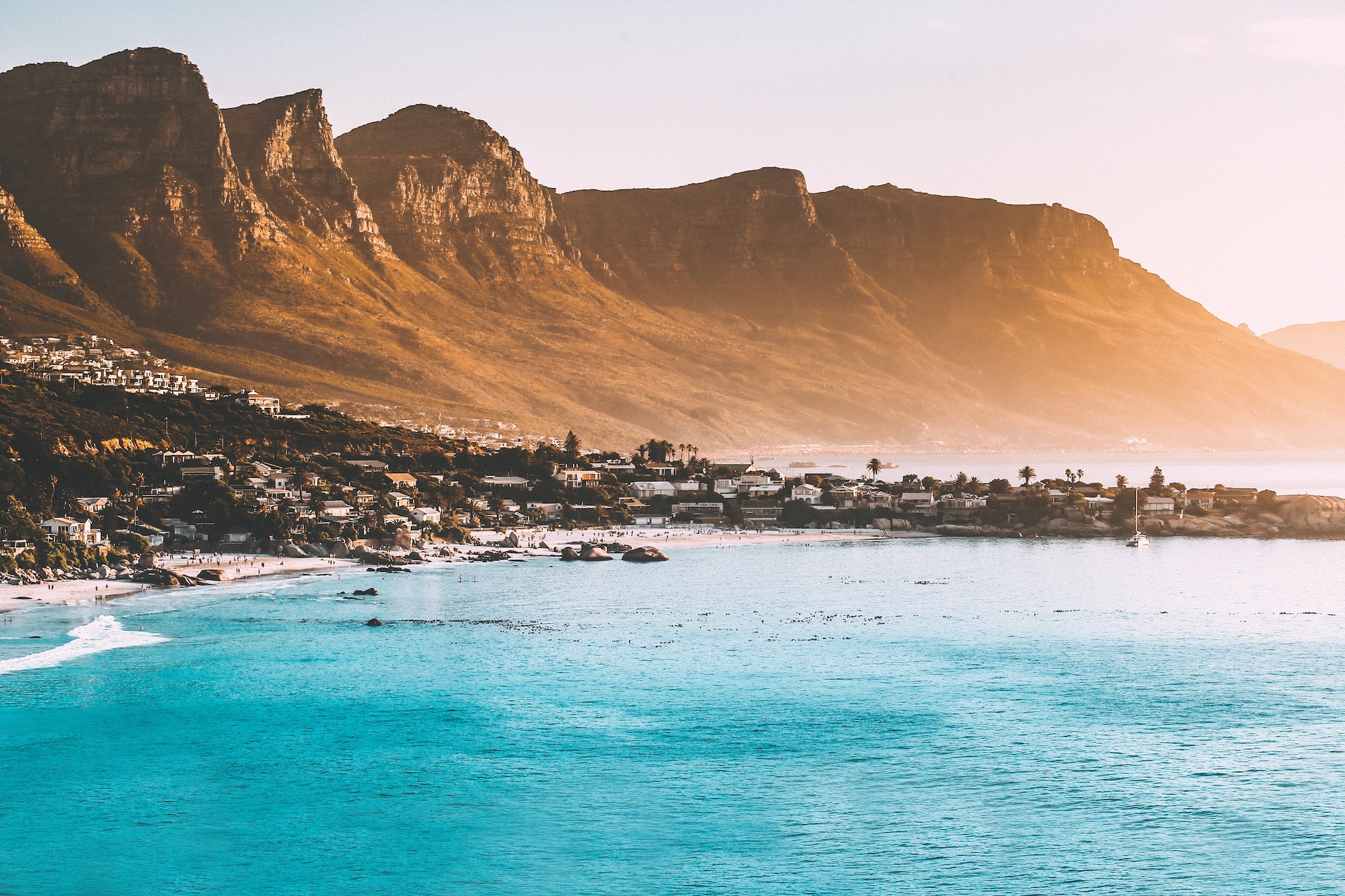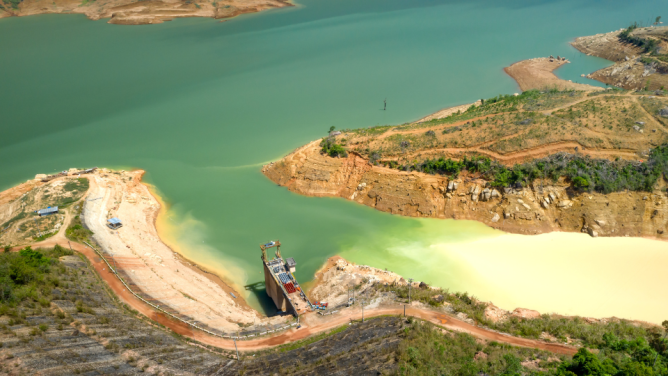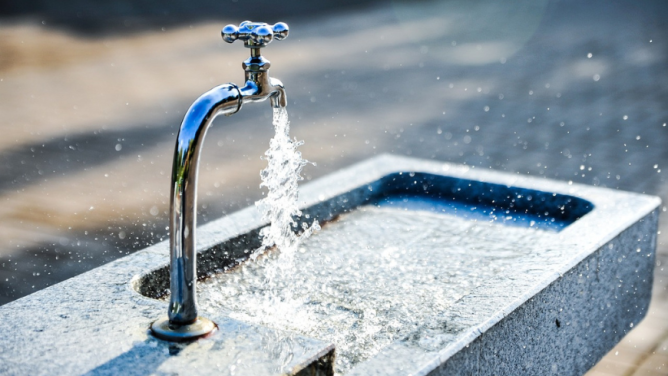
Freshwater cycle exceeded planetary boundary
Among the nine planetary boundaries identified by the Stockholm Resilience Center which characterise the global environmental state of the planet, freshwater use has just exceeded a critical threshold. This water boundary mainly concerns so-called “green” water, stored in soils or plants, as opposed to “blue” water, found in rivers, lakes or groundwater. While the two are closely linked, the first is all the more important as it represents approximately 60% of the total mass of freshwater. The situation is caused by multiple factors such as intensive farming, deforestation, soil degradation and air pollution. The Amazon rainforest is a prime example of this transformation occurring all over the world, resulting in a widespread aridification of the soil. An article titled A planetary boundary for green water recently published in Nature estimates that 18% of soils globally are out of balance.
Cities without drinking water?
Freshwater represents about 2.5% of all water on the planet. Of this amount, 70% is now stored in the form of ice and snow. The rest – usable by humans – is stored in aquifers, rivers or lakes. Agriculture accounts for 70% of freshwater withdrawals, meanwhile 19% is used for industry and 11% for domestic use. Population growth, pollution, droughts and mismanagement of natural resources are leading to growing competition between these three hubs, posing the threat of shortages. As such, cities are facing the biggest challenge as emergency situations are on the rise. Take Delhi, which is largely dependent on the Yamuna River for its water supply, and is threatened by droughts as well as toxic ammonia levels in the river’s waters. In France, 550 municipalities relied on tankers to deliver supplies of water during the 2022 droughts. And in US cities such as Jackson, the drinking water supply is threatened by aging infrastructure.
Resource management a central challenge
As the risk looms, cities can draw on three main types of solutions. The first types are technical, which involves optimising water management, storage and supply. The second are ecosystem-based and consist of rethinking the place of water in the city. Finally, the third are related to uses, in particular around water sobriety.
- Optimising water supply networks
It’s estimated that the share of non-revenue water, i.e. water that is “lost” before being used by the customer, mainly through leaks, amounts to 30%. This figure is huge, speaking in favour for deploying high-performance technical solutions. Robotics such as pipebots can be used to help navigate through pipes to detect any weaknesses. Smart meters can also be used to provide precise data to identify inconsistencies in a water network and to intervene accordingly. Meanwhile, SUEZ has teamed up with technology partner Asterra to create a satellite leak detection solution that could soon become more widespread.
- Green infrastructure for sponge cities
Beyond the tech, we must rethink our whole relationship with water in the city, to factor in the water cycle with biomimicry in mind. Elodie Brelot, researcher in urban hydrology and director of Graie, advocates transitioning from funnel cities to sponge ones. If this is to be achieved, we need to introduce green infrastructure which transform the threat of stormwater into resources. The most promising solutions around today are green, blue and brown corridors, which promote and encourage nature to penetrate into the city. In France, some schools are “dis-artificializing” – or greening – their playgrounds, which is also part of this logic. Other initiatives to sustainably manage stormwater runoff include using porous materials, building rain gardens, “leaky” dams and green roofs.
- Water sobriety is critical
In 2018 in South Africa, the city of Cape Town came close to disaster following a historic drought. Since then, the city has halved its water demand, in particular thanks to a strict policy of water sobriety (and restrictions). It is now seen as a model of rational water use. The measures put in place included emergency restrictions such as a ban on filling swimming pools and washing cars. A limit on the amount of water used per day and per household was also put in place, as well as progressive water pricing. Awareness programmes at school and a public campaign helped appeal to get everyone on board with water-saving actions. The crisis also highlighted the strong inequalities in access to water between the most affluent populations and the most disadvantaged ones. This finding led to a major overhaul and upgrade of the city’s infrastructure, as detailed in the city’s Water Strategy.

Water industry jobs: from environmental protection to sanitation
Faced with these challenges, the water sector is establishing itself as a growth sector with many new employment opportunities. In France, the sector plans to hire 13,500 people by 2025. Most of these jobs are related to sanitation or infrastructure management, which often come under engineering. Jobs relating to monitoring and protecting natural habitats are also on the rise. Hydrologists, ecologists and river technicians are bound to increase as there is a growing consideration for environmental issues in urban projects. Demand is also driven by the aging workforce in the sector. In the US, 30 to 50% of water industry workers will retire in the next 10 years!


